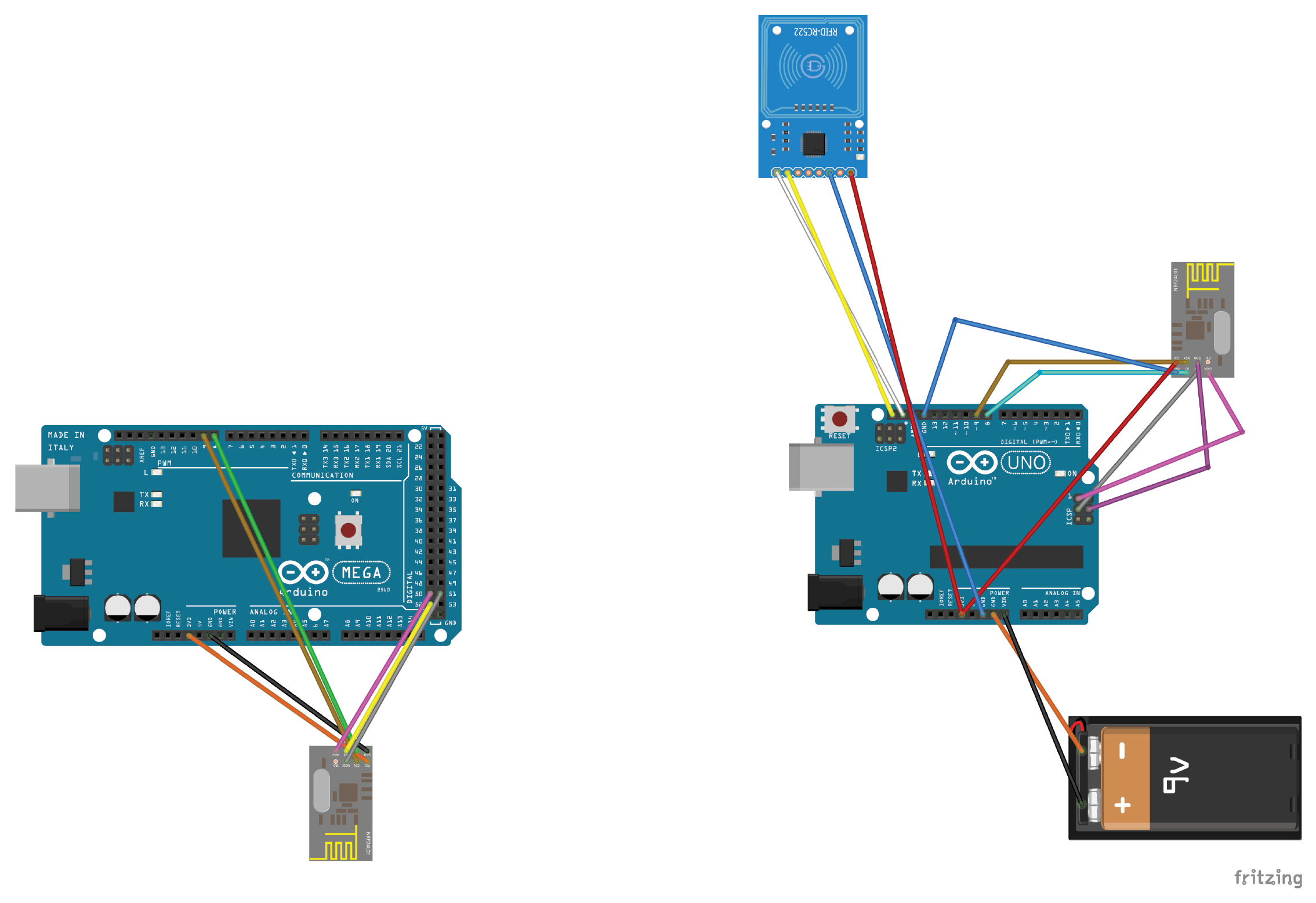Intro/Abstract
Every year, great pioneer companies in futurology provide trends and forecasts for the next years or decades; forecasts in different areas such as health, economy, and technology. The Internet of Things is a technology that has been trending for some years and most of the companies in futurology have found its development inevitable.
A plethora of companies and businesses benefit from the Internet of Things as a substrate, a structure, or an added value in their products or services. Digikala, an online shopping service provider and the biggest eCommerce in Iran, seeks to use technological megatrends, esp. IoT, in order to maintain and improve its position in the market.
The result of this project, which is designed through the d.School design methodology is a Product-Service System that helps users choose their desired products by IoT. Besides, it allows them to rent their needed products without buying them. IoT plays a critical role in monitoring the usage and condition of rented/tested products.
Methodology
The methodology used in this project was a combination of d.School design methodology and various service design guidelines.
In the empathize step, the main activity was to recognize and understand both the users and the stakeholders. Several tools were used in this step, such as literature review, user interview, stakeholder interview, and call center data analysis.
In the define step, the problem was reframed and the customer journey map and the service blueprint of the current state were outlined and developed. In the ideation step, several brainstorming sessions were held with Digikala’s design team members and product managers. The ideas were categorized and prioritized based on feasibility.
In the prototype step, the detailed idea was prototyped. Since the project had limited time, only the IoT (electronic) part of the idea was prototyped and the service part was postponed due to the infrastructural requirements. The test step was also postponed due to its requirements.
Empathize
To gain a thorough understanding of the underlying problems, some tools were used. Firstly, by literature review, I got more familiar with the concepts – both technologically and design-wise. After that, I conducted some field research. I interviewed users and stakeholders to understand both the user needs and the business goals in this project. Besides, some call center data were analyzed in order to know what users complain most about and why.
Stakeholder Interview
C-level managers could help me develop a deeper knowledge of the company’s concerns, vision, and mission. As they mentioned, Digikala’s vision was to become the biggest B2C marketplace in MENA.
During the interview with the head of Business Development, he mentioned that his team is trying to follow the proposed futurology trend by PricewaterhouseCoopers. One of the main megatrends in PwC’s report was the Internet of Things. Digikala aimed to be the first eCommerce in Iran using this technology.
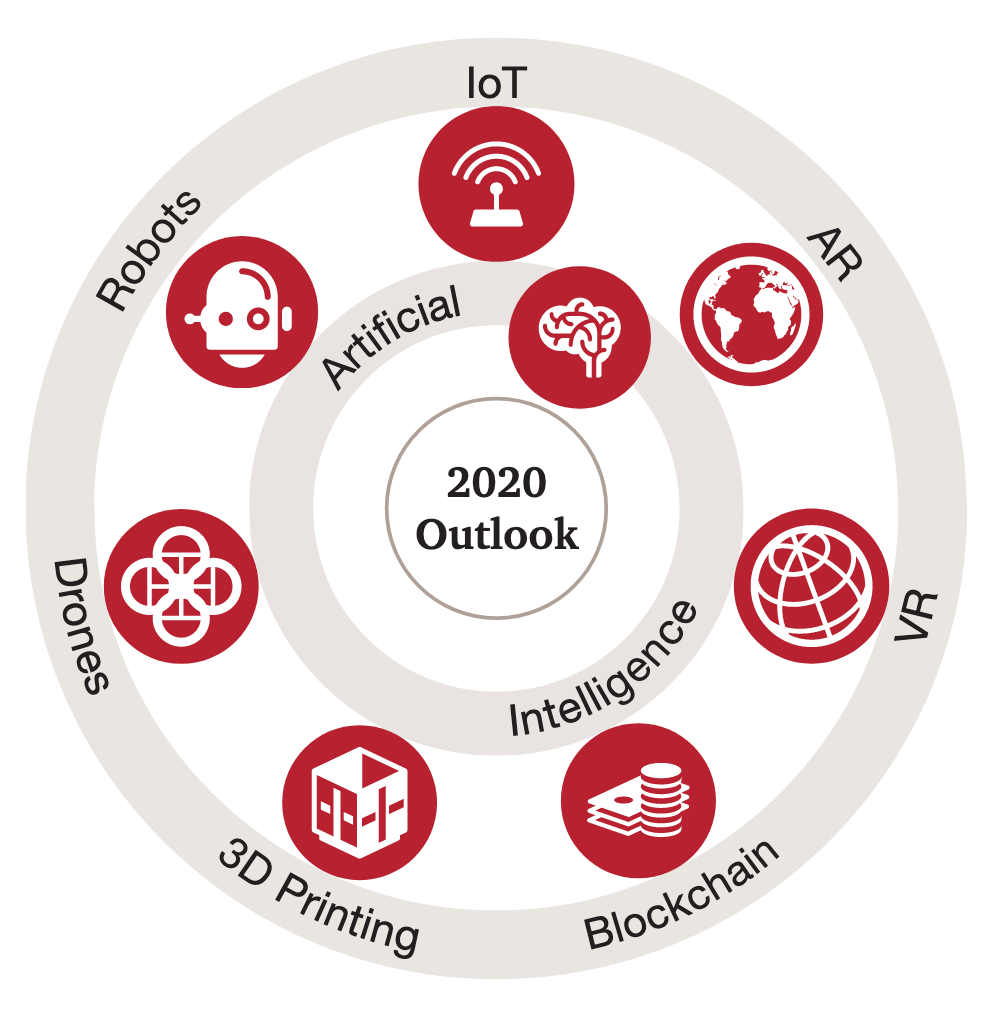
User Interview
Understanding the users was a necessary part of the research. For this matter, I conducted some interviews with users. The users were selected based on demographic information and the type of their shopping. The most important insight obtained from these interviews was the four types of shopping resonating between online and brick-and-mortar shops.
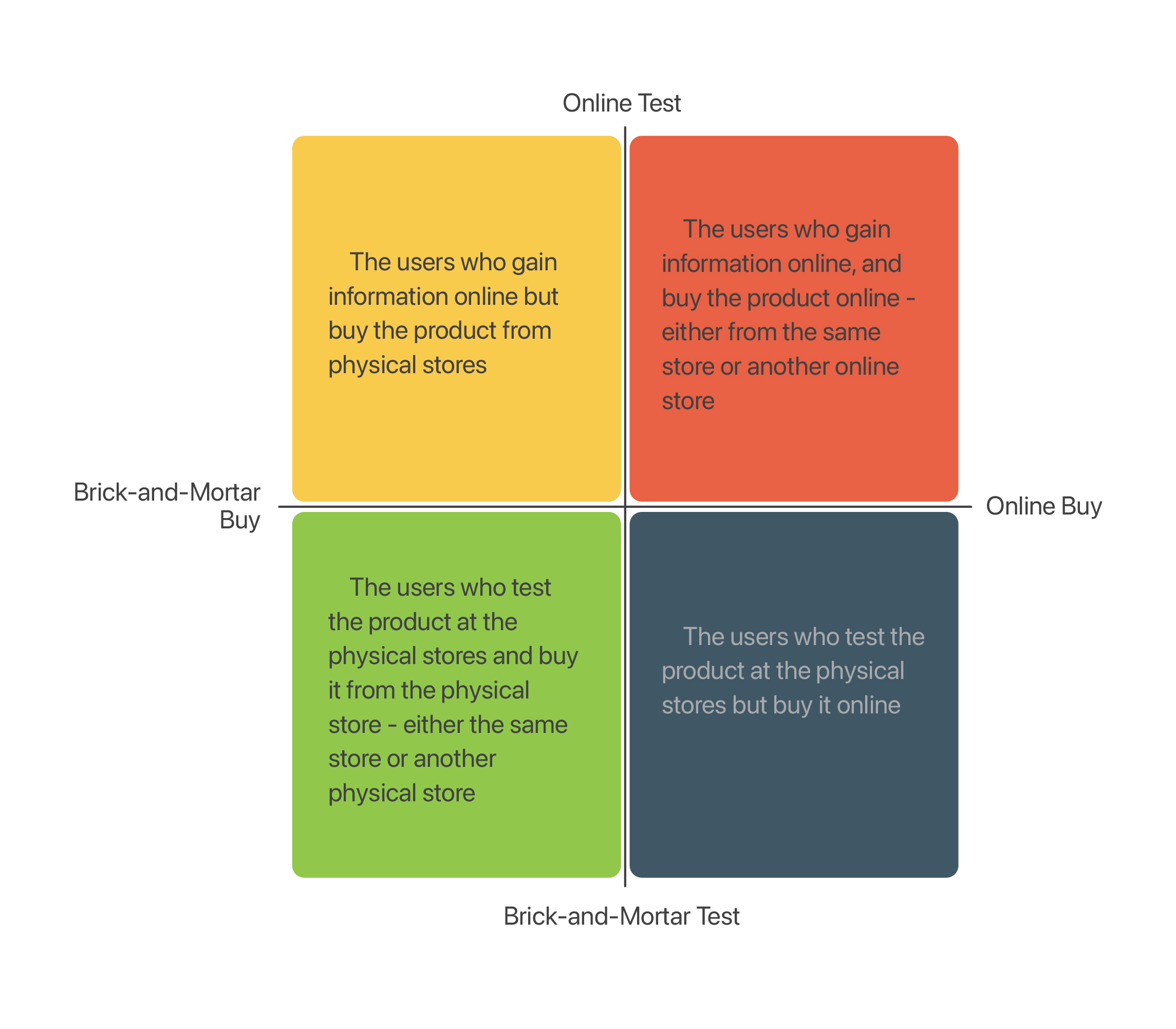
Define
In the define phase, it was necessary to reframe the problem. For this matter, I outlined and developed the customer journey map and service blueprint of Digikala at the time. This was done with the collaboration of other designers, managers, and the C-level managers at Digikala.
Customer Journey Map – Current State
It was critical to know and outline the pain points in the customer’s interaction with the service.
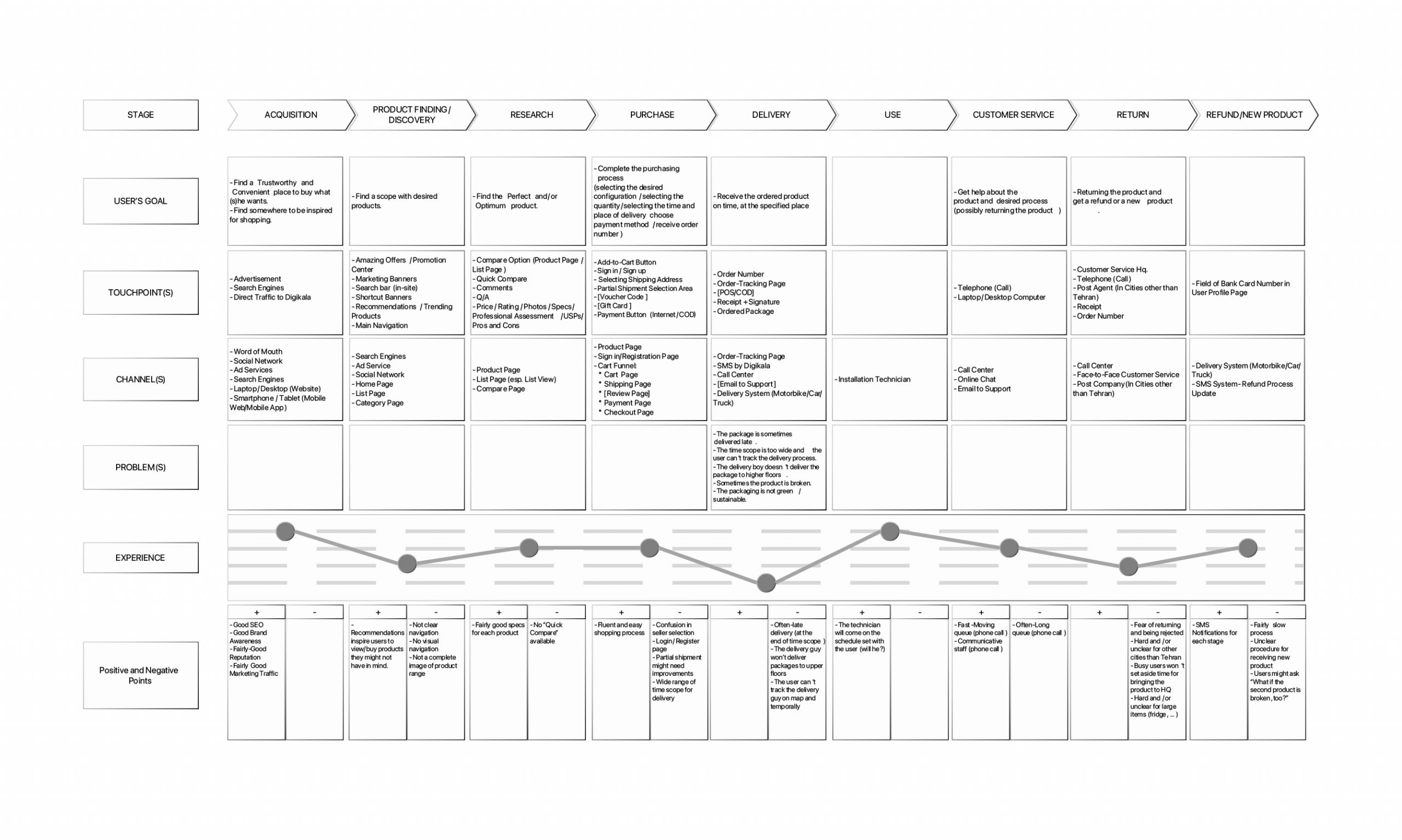
Service Blueprint – Current State
To gain a deep understanding of the business activities before, during, and after the customer’s activities, the current-state service blueprint was developed and outlined.
Ideate
Brainstorming
After finding the main pain points in the customer’s journey, I held several brainstorming sessions with other designers and product managers at Digikala. I used a wide topic: Design the new Digikala. The goal was to generate as many ideas as possible and to categorize them using an affinity diagram later on.
Design concepts
By using the affinity diagram, I ideated several concepts in order to tackle the extracted pain points in the customer journey. A total of seven concepts were ideated. Since the ideas were generated divergently, some criteria were outlined for evaluation and to make sure that the final concepts are aligned with the thesis title.
In the evaluation, the concept of testing before buying got the highest score in AHP and was developed in the next steps.
Storyboard
To demonstrate the process which both the user and the business staff go through, a storyboard was developed. In this storyboard, only phase 1 of the concept was demonstrated: requesting a product to test to check if the user wants to buy it or not.
Service blueprint
A service blueprint was proposed for the developed concept of testing/renting products before buying.
Prototype
The prototype was made to demonstrate the function of the electronic part of the concept. Two Arduino boards were used as processors and linked together by sender-receiver modules. The receiver also includes an NFC sensor, sending messages of proximity.
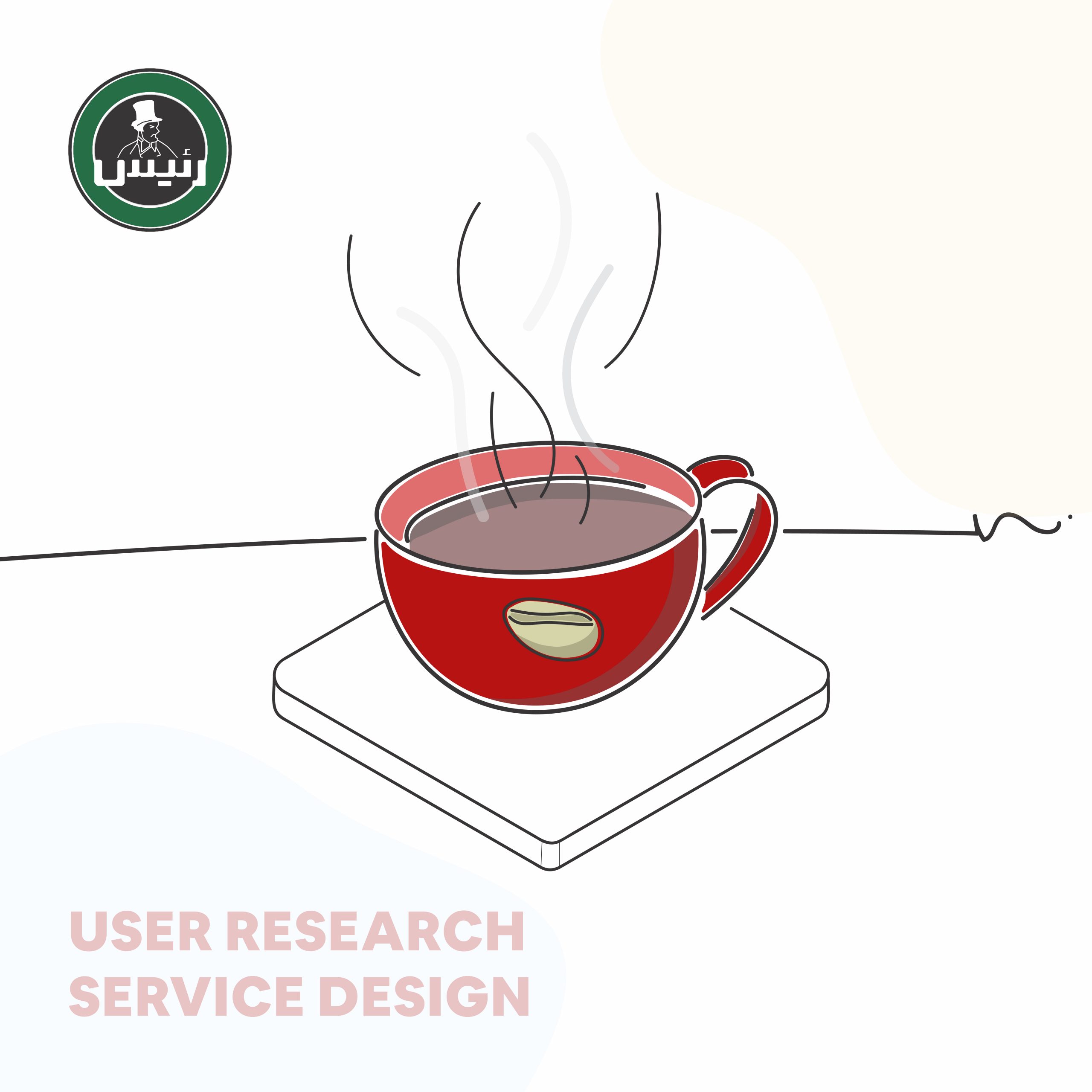 Previous Project
Previous Project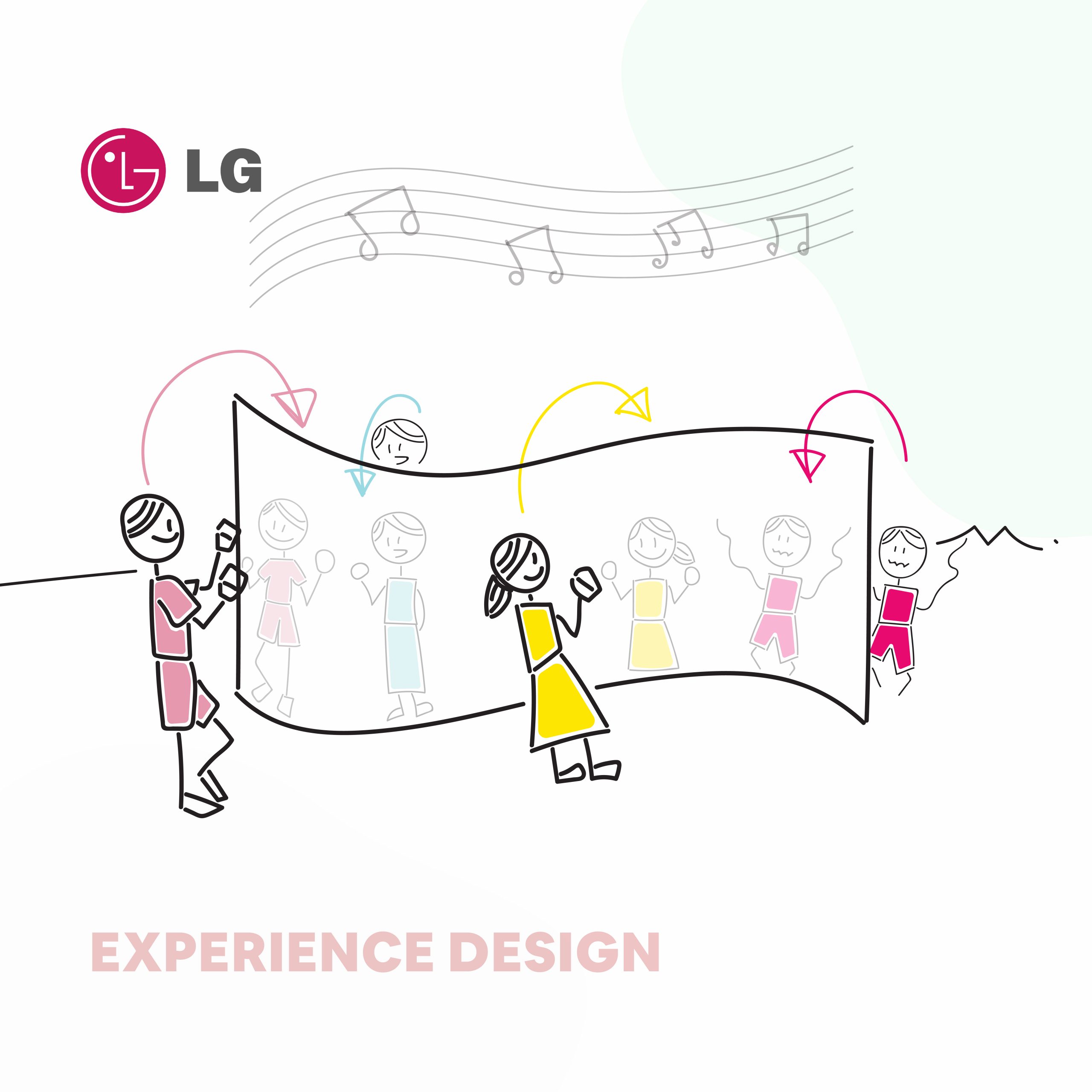 Next Project
Next Project
 Previous Project
Previous Project Next Project
Next Project



